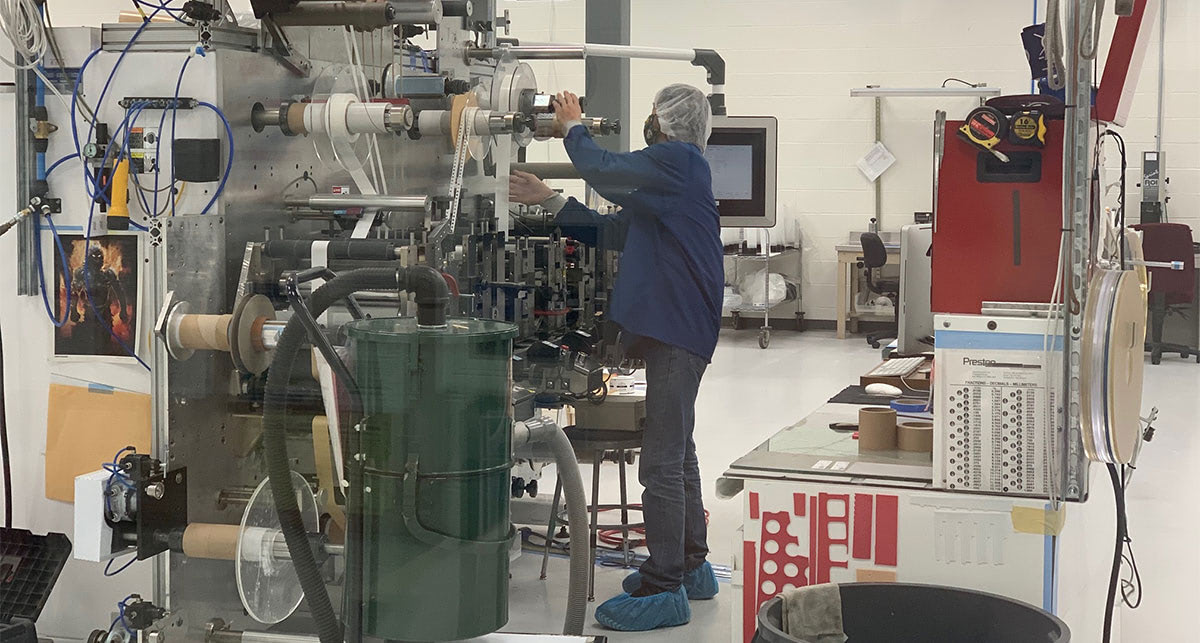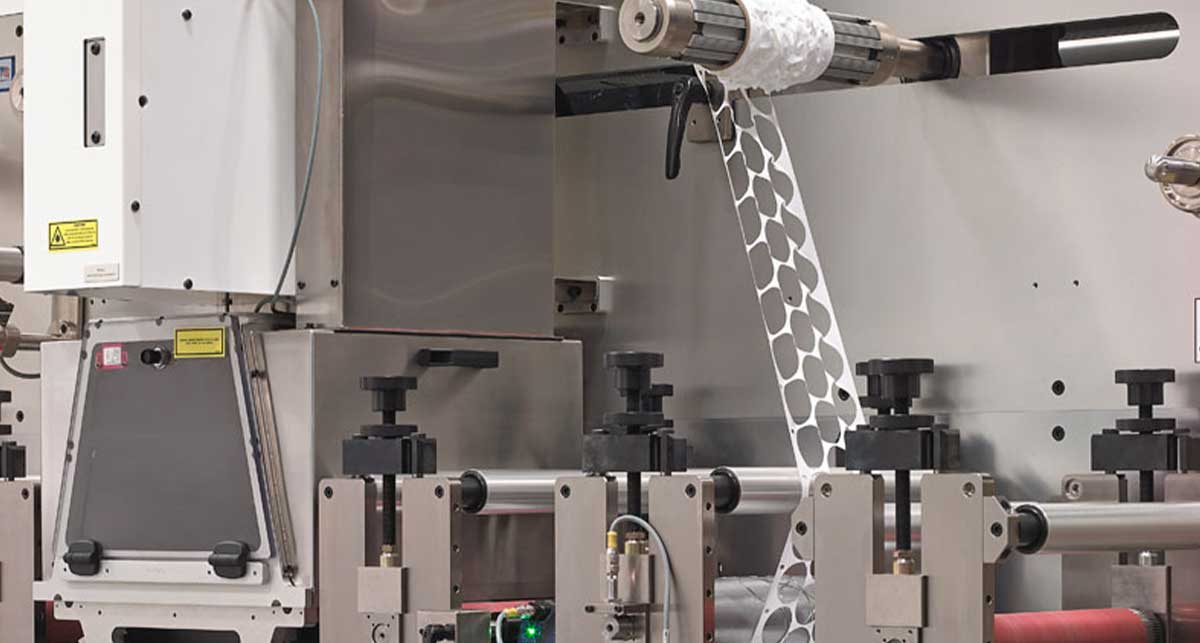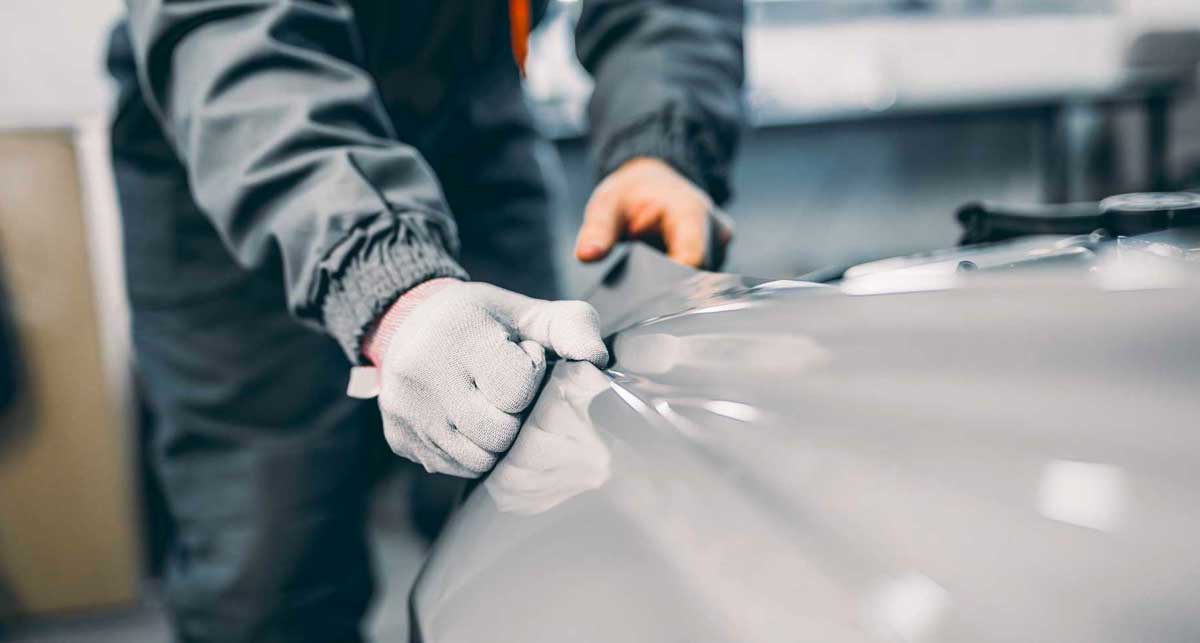Super glue might save you in a pinch at home, but I’d shudder to imagine how it would work on a heart monitor patch.
Medical grade adhesives are held to a high standard for good reason—nobody wants to risk using a painful or uncomfortable adhesive on their skin.
Strouse has spent years helping other companies find the ideal adhesive for their stick-to-skin medical grade applications. Today, we’ll review the different types of medical grade adhesives and how to choose one for your needs.
What Makes an Adhesive “Medical Grade?”
A medical grade adhesive is designed specifically for the medical field and must adhere to specific safety and durability standards. It is produced in a certifiably clean environment, such as an ISO Clean Room, and can undergo sterilization. They often are tested and certified to certain standards if, for instance, they are sticking to a patient’s skin.
Medical grade adhesives are often used in stick-to-skin applications or medical wearable devices. They must be strong enough to bond for their expected wear time and, in the case of medical grade skin adhesives, be able to be comfortably removed without damaging the patient’s skin.
What Are the Different Types of Medical Grade Adhesives?
The adhesive you choose will ultimately depend on your goal and the surfaces you’re bonding. For instance, medical grade adhesives for skin will require different considerations than adhesives for medical devices.
The following adhesives can be used in a range of wound care solutions. However, since choosing the wrong adhesive for a design can have severe health and manufacturing price consequences, consult a flexible material converter before making your final decision.
1. ACRYLIC ADHESIVE
Acrylic is a tough adhesive used for powerful skin and device attachments. Its strength and tack allow it to hold heavier devices or fixtures, such as tubes, to the skin and create powerful bonds between substrates.
Acrylic adhesive’s characteristics include:
- Low-to-mid-range price
- Increased durability for longer wear
- Fairly solvent-resistant
Certain specialized acrylic adhesives are highly conformable for waterproof applications.
CYANOACRYLATE ADHESIVE
If you’re looking for medical superglue, then cyanoacrylate may suit your project application. While acrylic adhesive is frequently used in tandem with acrylic foam adhesive components, liquid cyanoacrylate adhesive is often applied to bond catheters and surgical instruments. Physicians may also use cyanoacrylate on shallow cuts to protect the edges and reduce scarring.
2. SILICONE ADHESIVE
Silicone is a softer adhesive used for more delicate stick-to-skin attachments. Certain patients have thinner skin due to age, conditions, or medications, making them more vulnerable to skin tears. Silicone adhesive adheres to the skin with less force and reduces the odds of causing these wounds.
Although silicone adhesive is often compared to acrylic skin adhesive, your selection will ultimately depend on your product’s intended purpose.
Silicone adhesive’s characteristics include:
- High adhesive price
- Formulated for gentle skin wear
- Solvent-resistant
- Good for repositioning
- Air-permeable
- Hydrophobic
Silicone adhesive can come in the form of a thicker gel coating to reduce skin contact damage. It is often sterilized through EtO gas, steam autoclaving, and other methods.
3. NATURAL RUBBER
Natural rubber has a relatively high tensile strength and an increased tackiness, which allows it to stick to other materials.
Natural rubber adhesive’s characteristics include:
- High tensile strength
- High tackiness
- Degrades under UV rays/sunlight
- Lack of solvent resistance
Natural rubber's strength makes it tear-resistant; however, alternative products, such as synthetic rubber, might be necessary for patients with latex allergies. For this reason, natural rubber can never go into a hospital setting.
4. SYNTHETIC RUBBER
Synthetic rubbers are durable, manufactured elastomers that withstand outdoor conditions like UV rays.
The characteristics of synthetic rubber include:
- Great durability
- High longevity
- Good temperature and UV resistance
- Can function as an electric insulator
Some synthetic rubber products are an alternative to natural rubber products due to allergies or high-temperature sterilization methods.
Find a Medical Grade Adhesive Solution
Choosing a suitable pressure-sensitive adhesive for medical applications is about more than product functionality—it’s also a critical factor in determining manufacturability.
You’ll want to start your material search by asking the following questions:
- What two surfaces do you intend to bond together (i.e., skin, plastic, etc.)?
- How strong do you need your skin adhesive?
- What die cut tolerances are needed?
- What process do you have planned to apply your part?
- What type of quality standards are required?
Overly complex manufacturing processes are expensive, and approaching a converter with answers to the questions above will help arm your partner with the info they need to optimize production.
Adhesive converters like Strouse will offer experienced advice to help you select a medical adhesive that will support your design. If you’re interested in this, start your project today!
You can also check out Strouse's medical industry converting solutions or find more information about medical skin adhesives in our Learning Center.
Originally published: April 29, 2024







